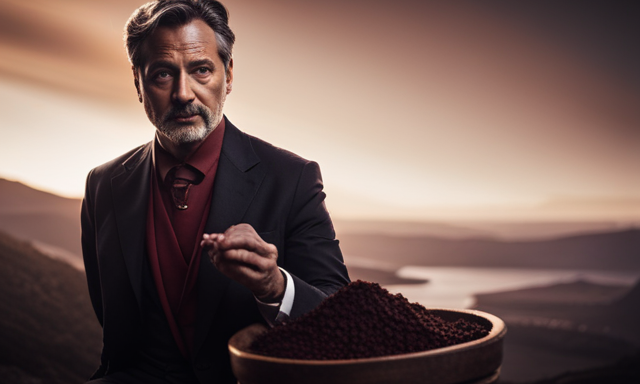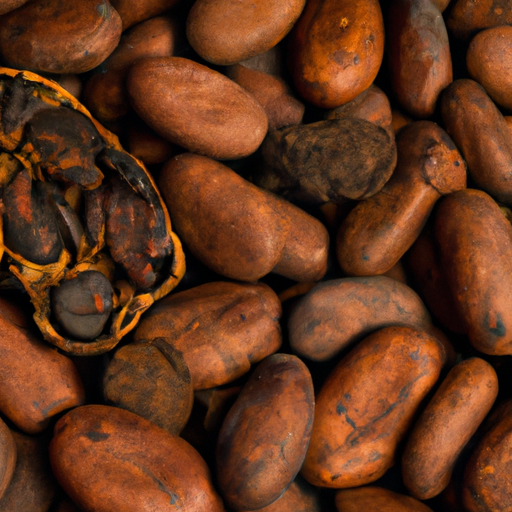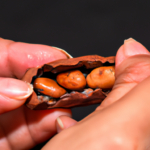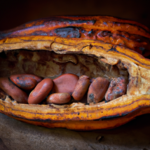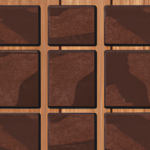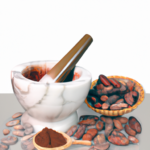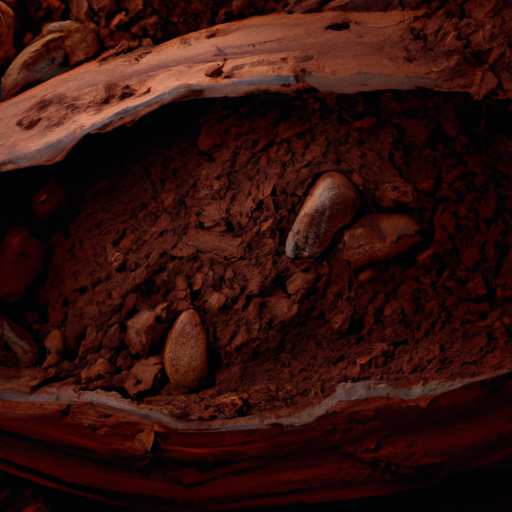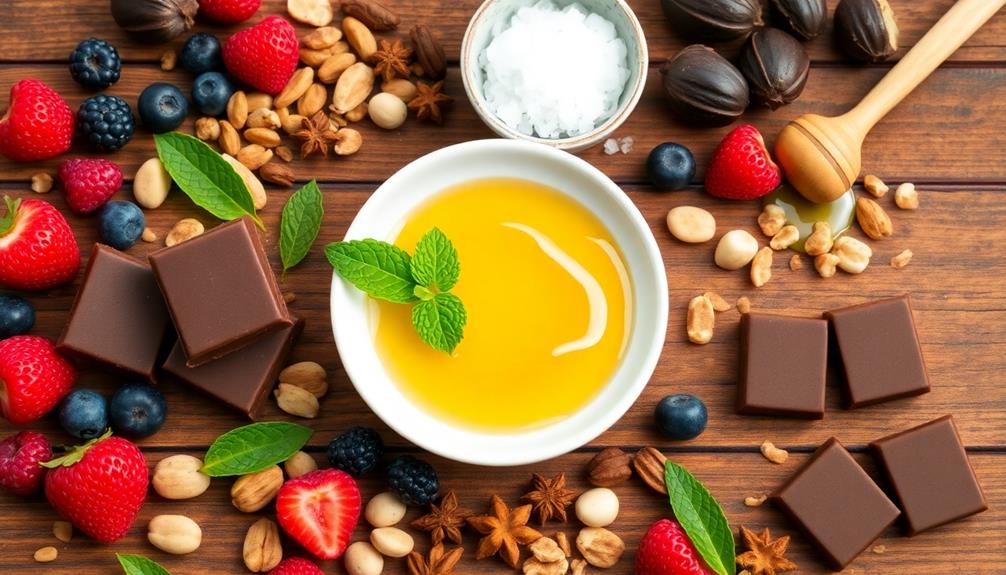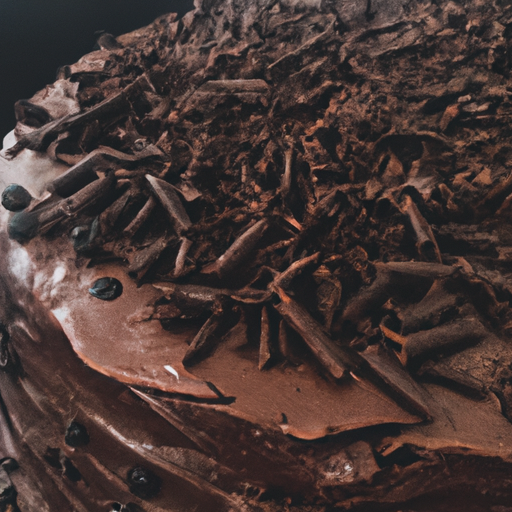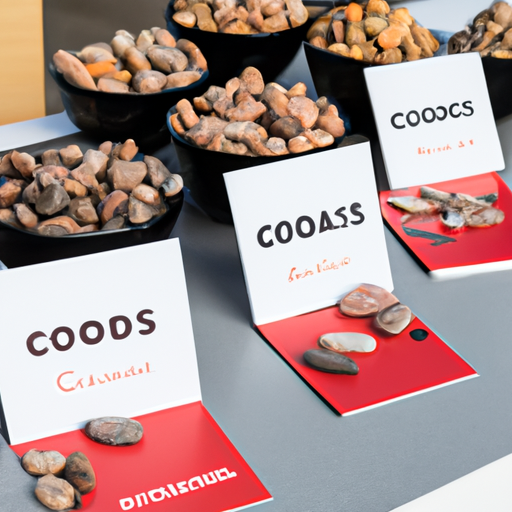Have you ever tasted the pure joy of indulging in a decadent, smooth piece of chocolate? If you have, then you understand the enchantment of cacao. But have you ever pondered the secrets behind the irresistible charm of this delicious delight? Let me acquaint you with the realm of raw cacao paste – a genuine wonder of the natural world.
Raw cacao paste is the purest form of chocolate, crafted from the finest cacao beans that have been carefully harvested and processed. It is a powerhouse of nutrition, packed with antioxidants, minerals, and mood-boosting compounds that can uplift your spirits with every bite.
In this article, we will delve into the origins of cacao beans, explore the intricate process of making raw cacao paste, and uncover the many health benefits it offers. We will also discover various ways to incorporate this divine ingredient into our diet, discuss sustainability and ethical considerations, and provide tips on where to find and store raw cacao paste. Plus, we will share some mouthwatering recipes and ideas to inspire your culinary adventures.
So, get ready to embark on a journey through the world of raw cacao paste – a sweet, indulgent delight that not only satisfies our taste buds but nourishes our body and soul.
Key Takeaways
- Raw cacao paste is the purest form of chocolate, made from carefully harvested and processed cacao beans.
- It has origins traced back to the Mayans and Aztecs, who used it as currency and to make the xocoatl beverage.
- The process of making raw cacao paste involves fermenting, drying, roasting, and grinding cacao beans, while retaining natural nutrients and antioxidants.
- Incorporating raw cacao paste into recipes boosts health, elevates culinary creations, improves mood, energy levels, and heart health, and provides essential minerals and antioxidants.
The Origins of Cacao Beans
The origins of cacao beans can be traced back to the ancient civilizations of Mesoamerica, specifically the Mayans and Aztecs. The history of cacao cultivation dates back thousands of years, with these cultures recognizing the cultural significance of cacao beans. They believed that the cacao tree was a divine gift and associated it with various rituals and ceremonies.
Cacao beans were highly valued and used as currency, even being offered as tribute to rulers. The beans were also used to make a bitter beverage called xocoatl, which was believed to have medicinal and aphrodisiac properties. This rich history of cacao cultivation and cultural significance sets the stage for the process of making raw cacao paste, where these ancient traditions are carried forward.
The Process of Making Raw Cacao Paste
To make this delectable treat, you’ll need to take a journey into the chocolate-making world. The process of making raw cacao paste starts with carefully selected cacao beans.
These beans are fermented, dried, and roasted to bring out the rich flavors and aromas. The roasted beans are then ground into a fine paste, preserving all the natural nutrients and antioxidants.
Unlike processed chocolate, raw cacao paste is minimally processed and does not undergo high heat or alkalization, which can destroy some of its beneficial properties.
Consuming raw cacao paste offers numerous benefits, including improved cardiovascular health, enhanced mood, and increased energy levels. It contains higher levels of antioxidants, minerals, and vitamins compared to processed chocolate.
Moving into the subsequent section about the nutritional benefits of raw cacao paste, let’s explore how it can positively impact your well-being.
Nutritional Benefits of Raw Cacao Paste
Indulging in this luscious treat will transport your taste buds to a world of rich, velvety goodness. Raw cacao paste not only satisfies your cravings for chocolate but also offers numerous health benefits. Here are some reasons why incorporating raw cacao paste into your diet is a wise choice:
-
High in antioxidants: Raw cacao paste contains a high concentration of antioxidants, which help fight against free radicals and protect your cells from damage.
-
Rich in minerals: It is packed with essential minerals like magnesium, iron, and zinc, which support various bodily functions.
-
Mood enhancer: Raw cacao paste contains natural compounds that stimulate the production of neurotransmitters, such as serotonin and endorphins, promoting feelings of happiness and well-being.
-
Versatile ingredient: Raw cacao paste can be used in various culinary creations, such as smoothies, desserts, and even savory dishes.
-
Heart-healthy: Studies have shown that the flavonoids present in raw cacao paste may help improve heart health by reducing inflammation and improving blood flow.
Incorporating raw cacao paste into your diet is an excellent way to boost your health and elevate your culinary creations. Now, let’s explore how to add this delectable ingredient into your daily meals.
How to Incorporate Raw Cacao Paste into Your Diet
One delicious way to incorporate this velvety goodness into your diet is by using raw cacao paste as a versatile ingredient in a variety of culinary creations.
Raw cacao paste offers a plethora of benefits and can be easily incorporated into your daily routine. Whether you’re looking to satisfy your sweet tooth or add a rich depth of flavor to your savory dishes, raw cacao paste has got you covered.
In sweet recipes, you can use it to make decadent chocolate desserts like brownies, truffles, or even hot chocolate. For savory dishes, try adding a spoonful of raw cacao paste to chili, mole sauce, or marinades for a unique and delicious twist.
The possibilities are endless! Now, let’s dive into the different types of raw cacao products available and how to best utilize them in your culinary adventures.
Different Types of Raw Cacao Products
When it comes to incorporating raw cacao into my diet, there are a few different products I like to use.
First, there’s raw cacao powder, which is perfect for adding to smoothies or baking recipes.
Then there are raw cacao nibs, which I love to sprinkle on top of yogurt or oatmeal for a crunchy, chocolatey boost.
Lastly, there’s raw cacao butter, which I use as a creamy base for homemade chocolate treats.
Each of these products offers its own unique flavor and benefits, making them versatile and essential additions to my pantry.
Raw cacao powder
Raw cacao powder, a rich and versatile ingredient, adds a depth of flavor to various recipes. It is made from finely ground raw cacao beans, which are rich in antioxidants and essential minerals. Incorporating raw cacao powder into your diet can offer numerous health benefits. It is known to improve mood, boost energy levels, and support heart health. Additionally, raw cacao powder is a great source of magnesium, iron, and fiber.
To give you a visual representation of its benefits, take a look at the table below:
| Health Benefits of Raw Cacao Powder |
|---|
| Antioxidant-rich |
| Mood-enhancing |
| Energy-boosting |
| Heart-healthy |
| High in essential minerals |
Raw cacao powder is just one of the many forms in which raw cacao is available. Next, we’ll explore the benefits of raw cacao nibs.
Raw cacao nibs
You’ve probably never experienced true chocolate bliss until you’ve tasted the irresistible crunch of cacao nibs. These small pieces of raw cacao beans are packed with flavor and offer a unique texture that is both crunchy and slightly bitter.
But cacao nibs are more than just a delicious snack – they also have numerous health benefits. Raw cacao nibs are rich in antioxidants, which help to protect the body against free radicals and reduce the risk of chronic diseases. They are also a good source of iron, magnesium, and fiber.
Additionally, cacao nibs can be used in a variety of recipes, from smoothies to desserts. So whether you sprinkle them on top of your morning yogurt or use them in a homemade granola bar, cacao nibs are a nutritious and versatile ingredient.
Now, let’s move on to the next section about raw cacao butter.
Raw cacao butter
Indulge in the velvety smoothness of cacao butter and elevate your culinary creations to a whole new level of decadence.
Raw cacao butter, derived from the same cacao bean as raw cacao nibs, is a key ingredient in many chocolate recipes.
But it’s not just about the taste; cacao butter also offers numerous health benefits.
Here are four reasons why you should incorporate raw cacao butter into your diet:
-
Rich in antioxidants: Raw cacao butter contains a high concentration of antioxidants, which help fight free radicals and protect your cells from damage.
-
Healthy fats: Cacao butter is packed with healthy fats, including oleic acid and stearic acid, which can improve heart health and lower cholesterol levels.
-
Skin nourishment: The natural moisturizing properties of cacao butter make it a popular ingredient in skincare products, providing hydration and promoting healthy skin.
-
Mood booster: Cacao butter contains natural compounds that can boost serotonin and endorphin levels, enhancing mood and promoting feelings of well-being.
Now, let’s delve into the next section about sustainability and ethical considerations, where we explore the impact of cacao production on the environment and the importance of fair trade practices.
Sustainability and Ethical Considerations
When it comes to sustainability and ethical considerations, it’s important to consider the sourcing and production practices of cacao paste.
Sustainability practices play a crucial role in ensuring that the production of raw cacao paste is environmentally friendly and does not harm local ecosystems. Look for cacao pastes that are sourced from sustainable farms that prioritize biodiversity conservation and use organic farming methods.
Additionally, fair trade certification ensures that the farmers are paid fair wages and work in safe conditions.
By supporting sustainable and ethically sourced cacao paste, we can contribute to the preservation of our planet and support the livelihoods of cacao farmers.
Now, let’s delve into the next section about the storage and shelf life of raw cacao paste.
Storage and Shelf Life of Raw Cacao Paste
Properly storing raw cacao paste is crucial to maintain its quality and flavor over time. To ensure its longevity, it is recommended to keep it in an airtight container in a cool, dry place away from direct sunlight. This will prevent moisture and heat from affecting its texture and taste.
Some top brands that offer high-quality raw cacao paste include Navitas Organics, Essential Living Foods, and Terrasoul Superfoods. These brands are known for their commitment to sourcing ethically and sustainably grown cacao.
Now that we know how to store raw cacao paste and which brands to consider, let’s move on to the next section to explore where to buy this delightful ingredient.
Where to Buy Raw Cacao Paste
If you’re searching for a rich and decadent ingredient to elevate your culinary creations, look no further than raw cacao paste. Not only does it add a deep, intense chocolate flavor to desserts and baked goods, but it also offers a range of health benefits.
Raw cacao paste is packed with antioxidants, which help protect against free radicals and reduce inflammation in the body. Additionally, it contains minerals like magnesium and iron, which are important for energy production and overall well-being.
But raw cacao paste isn’t just for cooking. It can also be used in homemade skincare products to nourish and hydrate the skin. From face masks to body scrubs, the possibilities are endless.
Now, let’s delve into some delicious recipes and ideas for using raw cacao paste in your kitchen creations.
Recipes and Ideas for Using Raw Cacao Paste
Let’s explore some mouth-watering recipes and creative ways to incorporate the rich and indulgent flavor of raw cacao paste into your culinary masterpieces.
-
For a decadent dessert, try making raw cacao truffles by mixing raw cacao paste with dates, nuts, and a touch of sea salt. Roll the mixture into small balls and dust them with raw cacao powder for an extra chocolatey finish.
-
You can also use raw cacao paste to make a luxurious hot chocolate. Melt the paste in warm almond milk, add a sweetener of your choice, and top it off with whipped coconut cream for a creamy and comforting treat.
-
Another delicious idea is to blend raw cacao paste into smoothies for a healthy and energizing boost. Combine it with frozen bananas, almond milk, and a spoonful of almond butter for a rich and satisfying drink.
Not only do these recipes using raw cacao paste taste amazing, but they also come with numerous health benefits. Raw cacao paste is packed with antioxidants, minerals like magnesium and iron, and mood-enhancing compounds. It can improve cognitive function, support heart health, and boost your mood.
So why not indulge in these delicious creations while reaping the benefits of raw cacao paste?
Frequently Asked Questions
Can raw cacao paste be used as a substitute for cocoa powder in baking?
Yes, raw cacao paste can be used as a substitute for cocoa powder in baking. For example, I once used it in a brownie recipe and they turned out rich and delicious. Besides its great taste, raw cacao paste also offers numerous health benefits.
Is raw cacao paste suitable for people with dietary restrictions, such as gluten-free or vegan diets?
Raw cacao paste is suitable for those with dietary restrictions. It is gluten-free and vegan-friendly. It offers numerous health benefits, such as being rich in antioxidants and minerals. Use it in desserts for a decadent and nutritious twist.
Are there any potential side effects or risks associated with consuming raw cacao paste?
When it comes to consuming raw cacao paste, it’s important to be aware of potential side effects. Although it offers potential health benefits, it’s crucial to stick to the recommended serving size to avoid any risks.
How does the taste of raw cacao paste differ from regular chocolate?
The taste of raw cacao paste differs from regular chocolate in that it has a rich, intense, and slightly bitter flavor. However, it is important to note that along with its unique taste, raw cacao paste also offers numerous health benefits.
Can raw cacao paste be used in savory dishes, or is it primarily used in sweet recipes?
Raw cacao paste can indeed be used in savory dishes. It adds a rich, deep flavor to dishes like chili, mole sauce, and even marinades for meats. In addition to its delicious taste, raw cacao paste also offers numerous health benefits.
Is Raw Cacao Paste Sold in Blocks Different from Regular Raw Cacao Paste?
Yes, raw cacao paste blocks are different from regular raw cacao paste. The blocks are in solid form and typically need to be melted before use. Regular raw cacao paste, on the other hand, is already in a creamy, easily mixable form. Both are versatile and can be used in various recipes.
Conclusion
In conclusion, raw cacao paste is a potent powerhouse of pleasure and health. It has a rich and robust flavor that tantalizes the taste buds. Additionally, it nourishes the body with a plethora of nutrients. Its velvety texture adds a lusciousness to any recipe, making it a versatile ingredient for both sweet and savory dishes.
So, seize the opportunity to savor the seductive symphony of flavors that raw cacao paste provides. By incorporating it into your diet, you can embark on a journey towards a healthier and more indulgent lifestyle.

